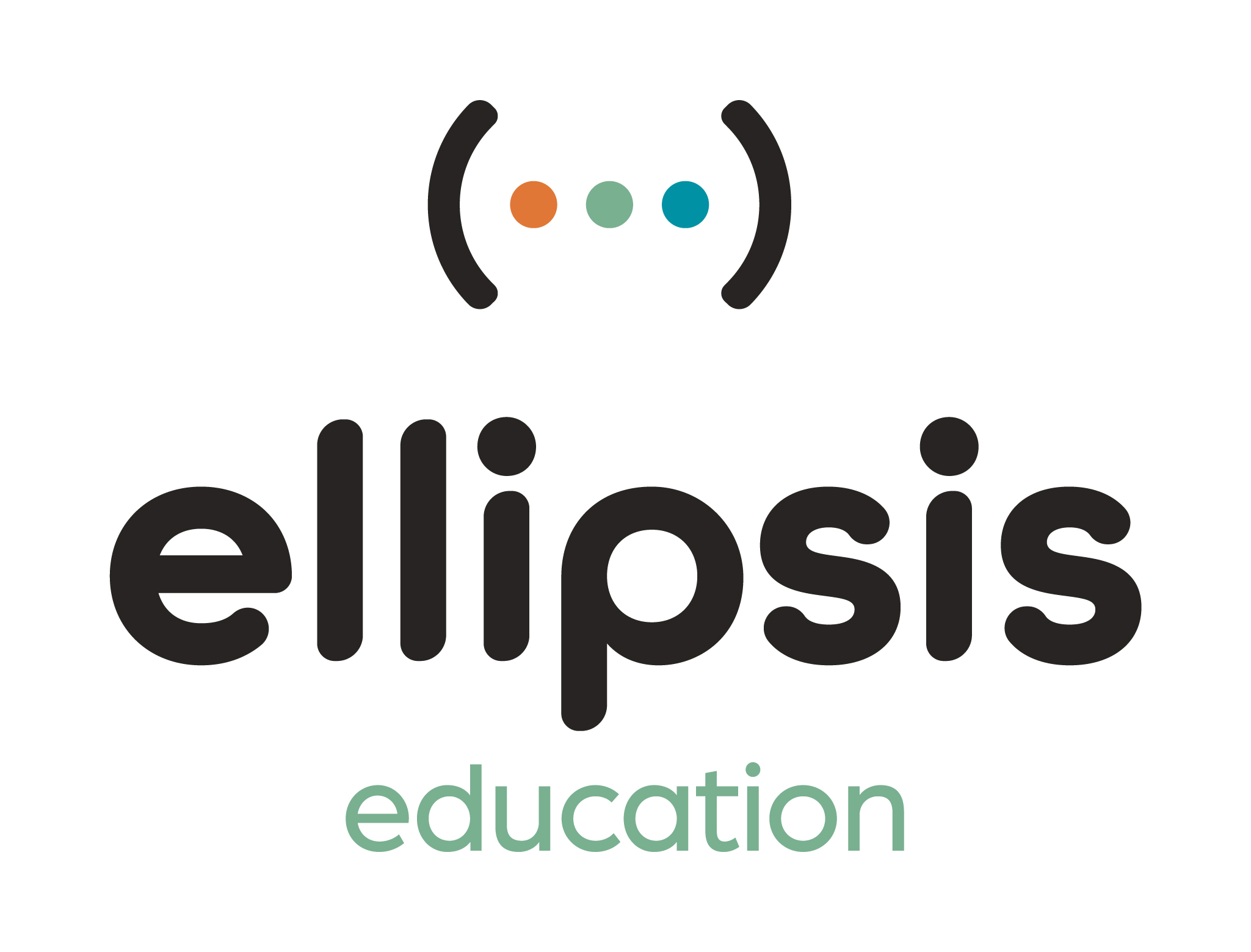In this inquiry-based introductory course, students develop foundational computer science skills. Using Scratch Jr., students learn how to solve problems using block coding and develop the mindset and skill set necessary for programming. Project-based activities include opportunities for students to research, plan, and program interactive games and stories. This course helps students develop soft skills including collaboration, growth mindset, and respecting differences. Students explore various digital citizenship topics including screen time, privacy online, and digital footprint. After completion of this course, students will have developed foundational skills in computer science.


